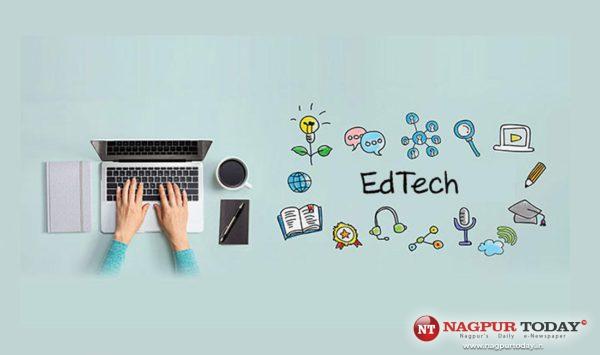
However, there’s more truth to it than what meets the eye. In the recent past, Indian Edtech has been grappling with a myriad of issues that has added to its disrepute. Reopening of schools and lack of trust in online learning systems have also raised concerns around its future viability and assurance as a business. Infusion of technology surely has the ability to redefine classrooms in more ways than one but the sector needs to step back and rethink on strategies that would help them stand out and stay afloat in the long run.
Here’s what can possibly help Indian edtech platforms survive post pandemic in a sector plastered with competition-
Purpose – In a nation of over 250 MN school going children, education has a critical role to play in shaping the cultural conscience of an entire generation. Technology, in the recent past, has undoubtedly enabled India to democratize learning, but the road to glory is a long one. Amid the clutter of edtech, it is integral to remember that students define the core of this innovation and delivering knowledge to them is its biggest goal. Moving ahead, no growth would be sustainable unless it’s backed with values and a strong intent to strike change. Online learning has a bright future in India but it is upon the edtech companies now to create a holistic ecosystem that’s viable across product, pricing and purpose and is of benefit to all cohorts of audiences.
Personalisation – Perhaps the biggest advantage of edtech is its ability to customize information. Bereft of the ‘one size fits all’ trend, online learning allows pupils to pursue resources from anywhere, anytime and study at a pace which suits them. This has also been coupled with an improved access to a plethora of information which is readily available for their consumption. On the Brainly study & learning app, students are open to an exhaustive knowledge base of over 48 million questions and answers, that is available for free at their convenience. As this reliance on online resources escalates further in future, this would also call for an increased focus on personalization and delivery of tailor made content.
Diversity & Innovation – A decade back from now, we couldn’t have thought of a chat bot enabling education but a decade later, we would be surprised if it doesn’t. That’s the impact technology can have in structuring classrooms of the future. Emerging tools are redefining modern day education and taking monotony out of it by integrating engaging solutions to standard curriculum. From video based courses, artificial intelligence and virtual reality to audio books, podcasts and gamification, edtech in future would depend on curating more immersive learning experiences and making it accessible to students across geographies and languages.
Localisation – It’s no secret that around 500 MN households of emerging middle-class families in tier 2 and 3 cities will headline the growth of K12 education in India. This will mean increasing adoption of vernacular edtech and ‘language’ emerging as a catalyst for academic excellence. Edtech companies are increasingly diversifying in terms of languages to extend their reach and footprint. On Brainly India, the extensive knowledge base is available across Bengali, Telugu, Tamil, Gujarati, Kannada, Hindi, Marathi, and Sanskrit for Indian students.
Going Phygital – Students and parents are increasingly inclining towards hybrid learning today. As a future ready education model, going phygital will not only ensure continuity in learning despite crisis situations but also let the students benefit from the best of both worlds. Its ability to combine the flexibility of remote learning with the importance of conventional schooling will help keep students engaged and intrigued. This also hints at the strong need for elevating classroom experiences and standards of instruction delivery to make both formats enjoyable for students.
Employment viability – Traditional education in India has never been intrinsically linked to workplace realities and employability. But the future will see increased focus on courses and learning that delivers skill development and job potential. Edtech firms are trying to bridge this gap by including vocational, digital first and even simulation based materials in their repertoire that ensures real world training and experience. There’s no denying that a digitally literate workforce is integral for India to scale the next chapter of economic growth.
By force or otherwise, technology has transformed education for the better and pushed all stakeholders into an ecosystem that’s brimming with opportunities and scope. If deployed well, edtech can make equality in education a reality in India. The future will depend on how edtech companies choose to innovate and diversify without comprising value driven pedagogy and student satisfaction.














